Successful purpose-driven organizations go well beyond just making money says author and corporate culture expert, Dan Pontefract. In his book, “The Purpose Effect”, he shares his belief that the role of each team member (coupled with their individual motivation), drives overall business success. If leaders, individual team members, the organization, and society stand to benefit from the implementation of innovative solutions, what are some core components leaders can leverage from the Purpose Effect to consider implementing?

As the CEO of ZB RX Medical, I’m proud our company offers surgeons the latest technological and innovative medical solutions. In our work, we know engaged team members can make or break an organization. I agree with Pontefract when he shares that in the right atmosphere, employees will deliver better work and its up to thought leaders to foster a positive culture initially. If an organization’s purpose conflicts with an employees’ purpose, employers’ risk unhappy people inside the culture which can have damaging outcomes.
With the Purpose Effect, Pontefract’s ideas promote a work environment where workers receive clear communication around how each role is meaningful and how individual contributions represent so much more than just a paycheck. His strategy provides employees with a genuine sense of purpose and helps them see how each piece of the puzzle fits together collectively – and that can mean good business for leaders willing to pivot direction and culture as needed in today’s changing times.
The Components of the Purpose Effect
Pontefract’s Purpose Effect emerges at the intersection of three essential factors below.
1. A Personal Sense of Purpose: Team members should have a motivating purpose that addresses “what, who and how.” This purpose calls for knowing who you are in terms of three aspects. First, develop yourself (be determined to improve and grow by asking “What am I doing to evolve myself?”). Second, define what your life should be, and revisit as well as redefine it regularly by asking, “Who am I in life and at work?” Third, decide daily to act in a moral, ethical and responsible way in keeping with the person you choose to be by asking yourself, “How will I operate and be perceived by others?”
2. Organizational Purpose: Organizational purpose is why companies exist. This means purpose is defined by who and what the company is to itself, team members, customers, its local community and society as a whole. Pontefract shares that organizational purpose concerns “principles, ethics, leadership and culture” and requires the implementation and deliverance of solid “fair practices” to all team members. This involves compensation (pay your people fairly); performance management and “recognition” (studies show 58% of all team members prefer more workplace appreciation).
3. Role-Based Purpose: Organizations assign people to certain roles to help them meet its goals, and every team member’s role should be designed to be meaningful. Most people define themselves according to their work; that’s why their roles at work are so important. An employees’ purpose should completely align with their “personal and organizational purpose.”
Leadership Challenge: Management expert Peter Drucker once said, “To make a living is no longer enough. Work also has to make a life.” Do you agree with both Drucker and Pontefract’s ideas? Share with other leaders on #LinkedIn the steps you and your organization are taking to help employees see the bigger picture within your organization.
Brandon Rouse leads a diverse and growing team of professionals well-versed in the challenges facing healthcare today. Headquartered in Oklahoma City, OK, Brandon’s experienced team represents various technological and innovative medical solutions. ZB RX Medical is a direct distributor of Zimmer Biomet.


